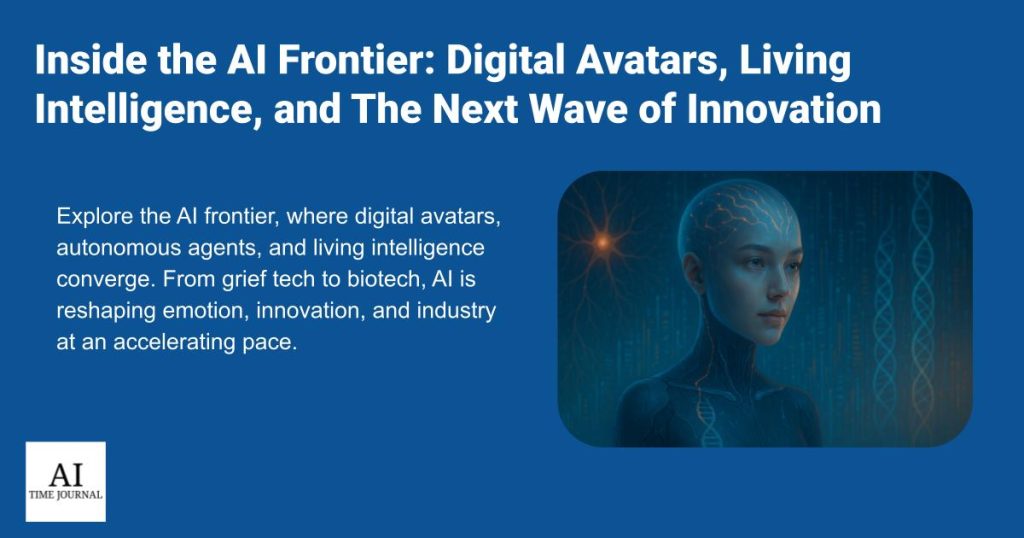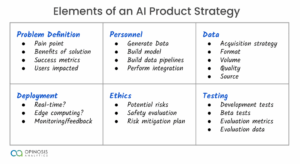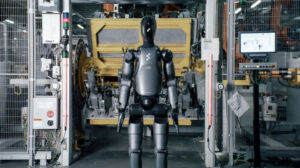
Artificial intelligence is evolving far beyond automation and data analysis. Today, it’s entering spaces once considered uniquely human: grief, creativity, curiosity, and reshaping the foundational systems behind science, industry, and society.
From digital avatars that simulate lost loved ones to self-directed AI agents and biologically inspired machines, a new phase of AI is taking shape, one defined by emotional complexity, biological mimicry, and rapid commercialization. This feature explores the key trends that mark this shift and their wider implications.
Digital Resurrection: When AI Meets Memory and Emotion
A new generation of AI tools can simulate deceased individuals with startling realism. These avatars, capable of mimicking speech patterns, expressions, and personal memories, are being used to create interactive representations of lost loved ones. Supporters describe them as comforting and therapeutic. Critics see emotional overreach, memory distortion, and a lack of regulation.
This trend raises fundamental questions: What happens when AI becomes part of our grief? And who controls the narrative of the past?
Agentic AI: Goal-Setting Systems at Work
The emergence of agentic AI, models that can set their objectives and act autonomously, represents a shift from instruction-based AI to decision-making systems. These agents are already being used in industries like fashion and pharmaceuticals, where they design marketing strategies, scout trends, and even automate portions of scientific research.
By freeing humans from constant oversight, agentic systems could dramatically boost productivity. But they also challenge existing frameworks of responsibility and control.
Living Intelligence: Beyond Silicon
Traditional AI runs on digital architecture. But researchers are now experimenting with hybrid systems that integrate biological components, such as neuron-based computing platforms that mimic human learning behavior. Known as “Living Intelligence,” this field explores how organic materials can enhance adaptability and energy efficiency in AI.
One notable example: DishBrain, a system that uses living neurons to process and respond to stimuli, opening the door to brain-inspired machines.
AI tools are now capable of generating realistic video content, complete with synchronized audio and high-resolution visuals. Platforms like Midjourney and Google’s Veo 3 are enabling creators to produce 4K, story-driven media from simple text prompts.
These advances signal the next evolution of content creation, where filmmaking, advertising, and storytelling may soon rely on fully synthetic production pipelines.
Green AI: Rethinking Efficiency
With large-scale AI models consuming vast amounts of energy and water, sustainability has become a priority. Researchers are developing low-energy training architectures and introducing new benchmarks to reduce the environmental impact of machine learning.
Green AI is not just about ethics; it’s becoming a business imperative as organizations face increasing scrutiny over their digital carbon footprints.
Synthetic Biology & AI-Designed Proteins
AI is transforming biotech by designing new proteins that don’t exist in nature. Tools like evolutionary language models are being used to generate synthetic proteins with useful properties, such as ESM-GFP, a new fluorescent protein engineered entirely by AI.
This represents a massive leap for fields like drug development, diagnostics, and sustainable materials.
Market Trends & Institutional Shifts
Behind the scenes, AI’s rapid rise is triggering major shifts in talent, hardware, and public perception:
- Talent Wars: Leading companies are tracking and recruiting AI researchers through undisclosed internal systems.
- Hardware Bottlenecks: Key chip developments are delayed, impacting AI infrastructure timelines.
- Adoption vs Trust: While enterprise AI usage is increasing, public trust remains limited, hovering around 40%.
Final Thought: A More Complex Intelligence
AI is no longer just smarter, it’s more emotional, more autonomous, and more embedded in systems of life, work, and memory. Whether designing proteins, producing cinema, or simulating grief, today’s AI is expanding both its technical reach and its societal relevance.
The challenge now is not just building what’s possible, but governing what’s permissible.

